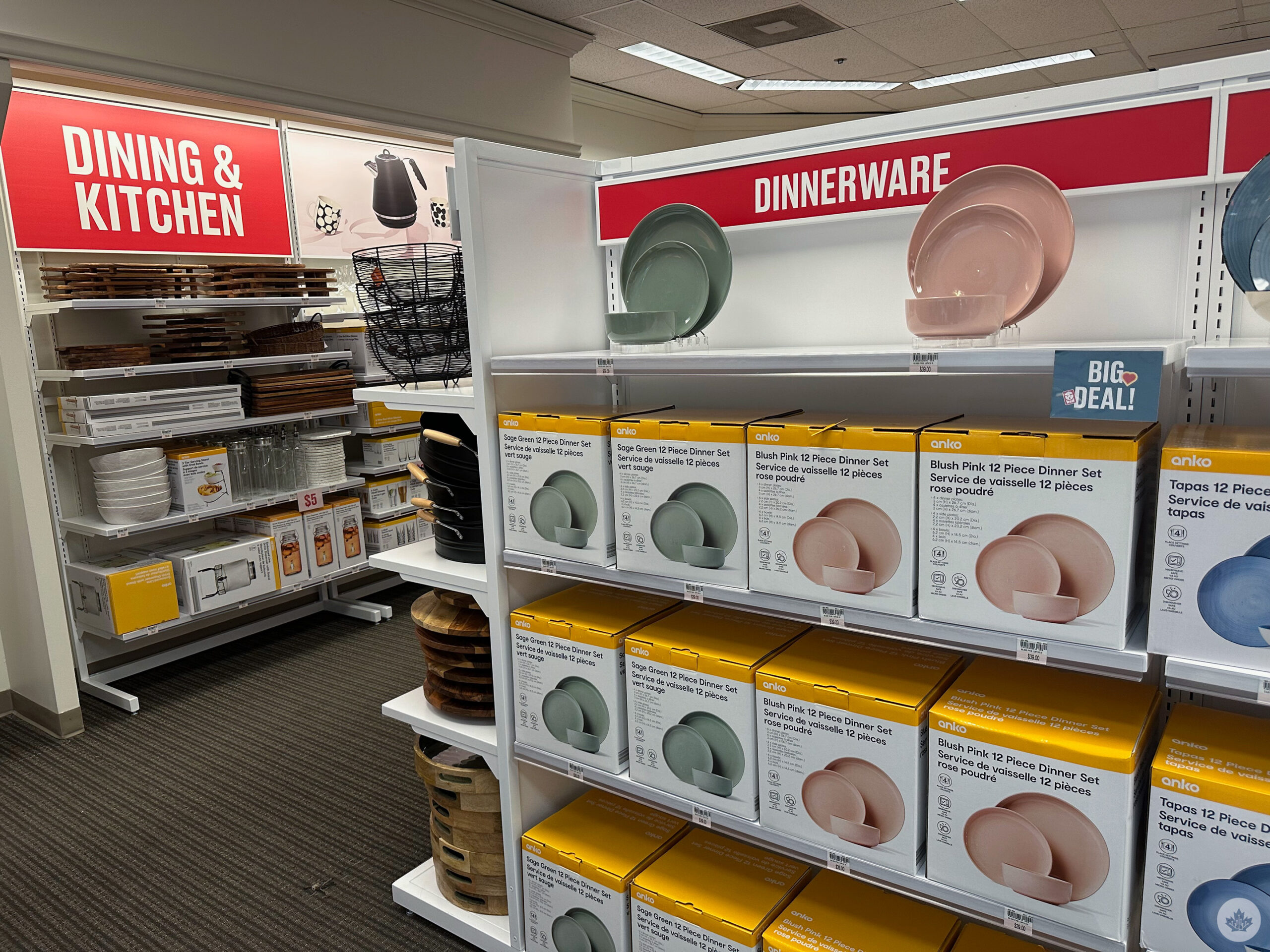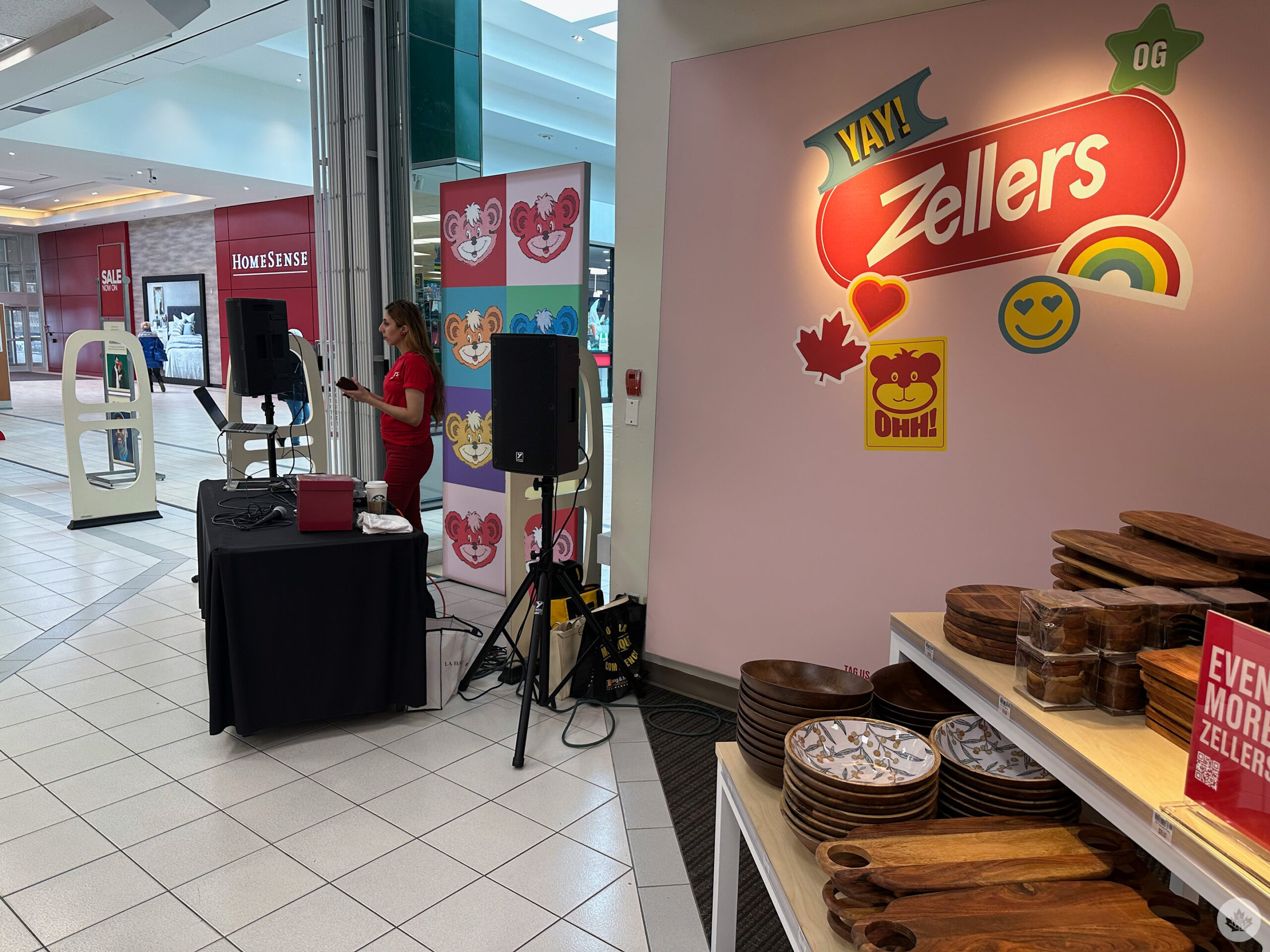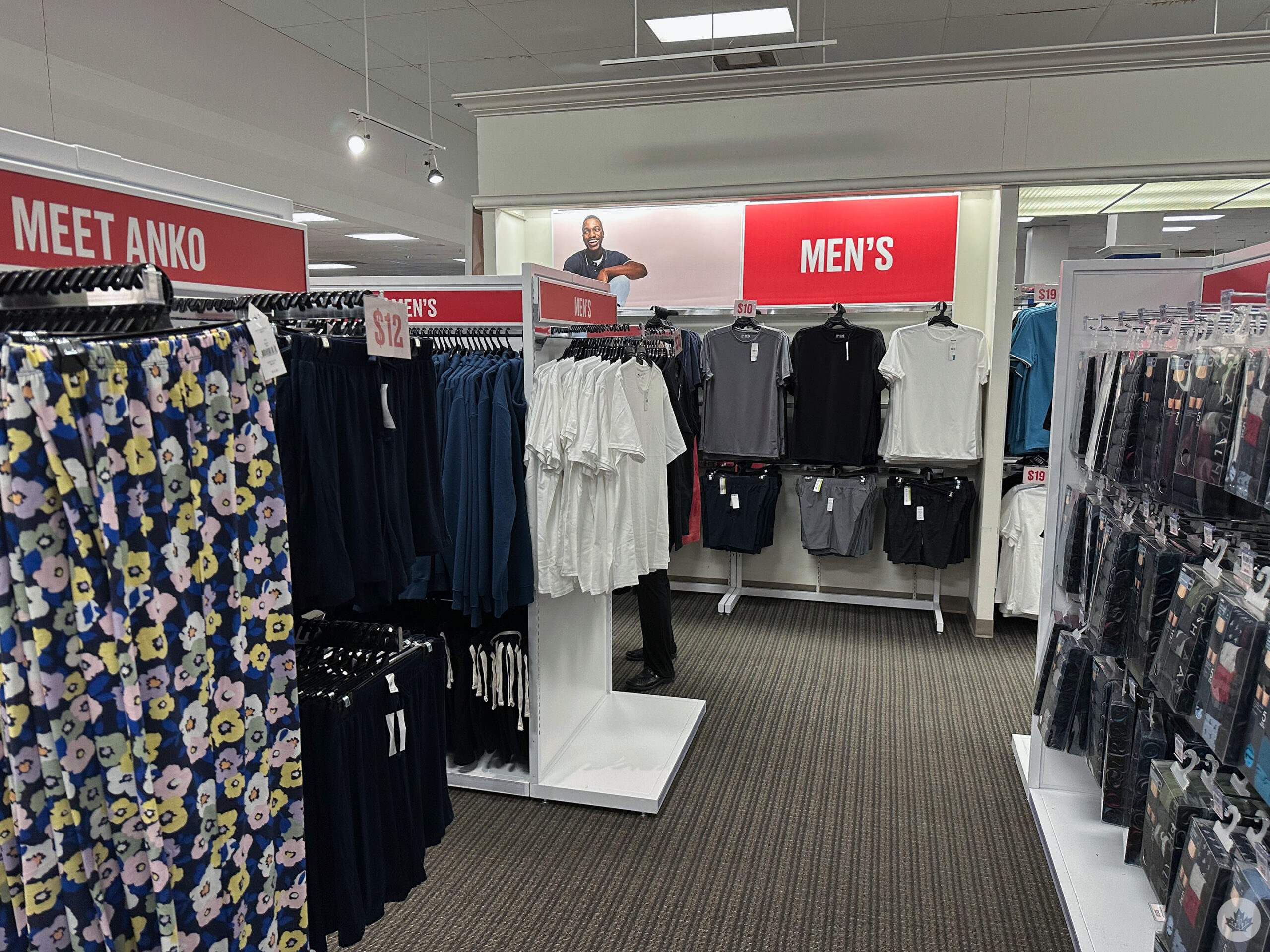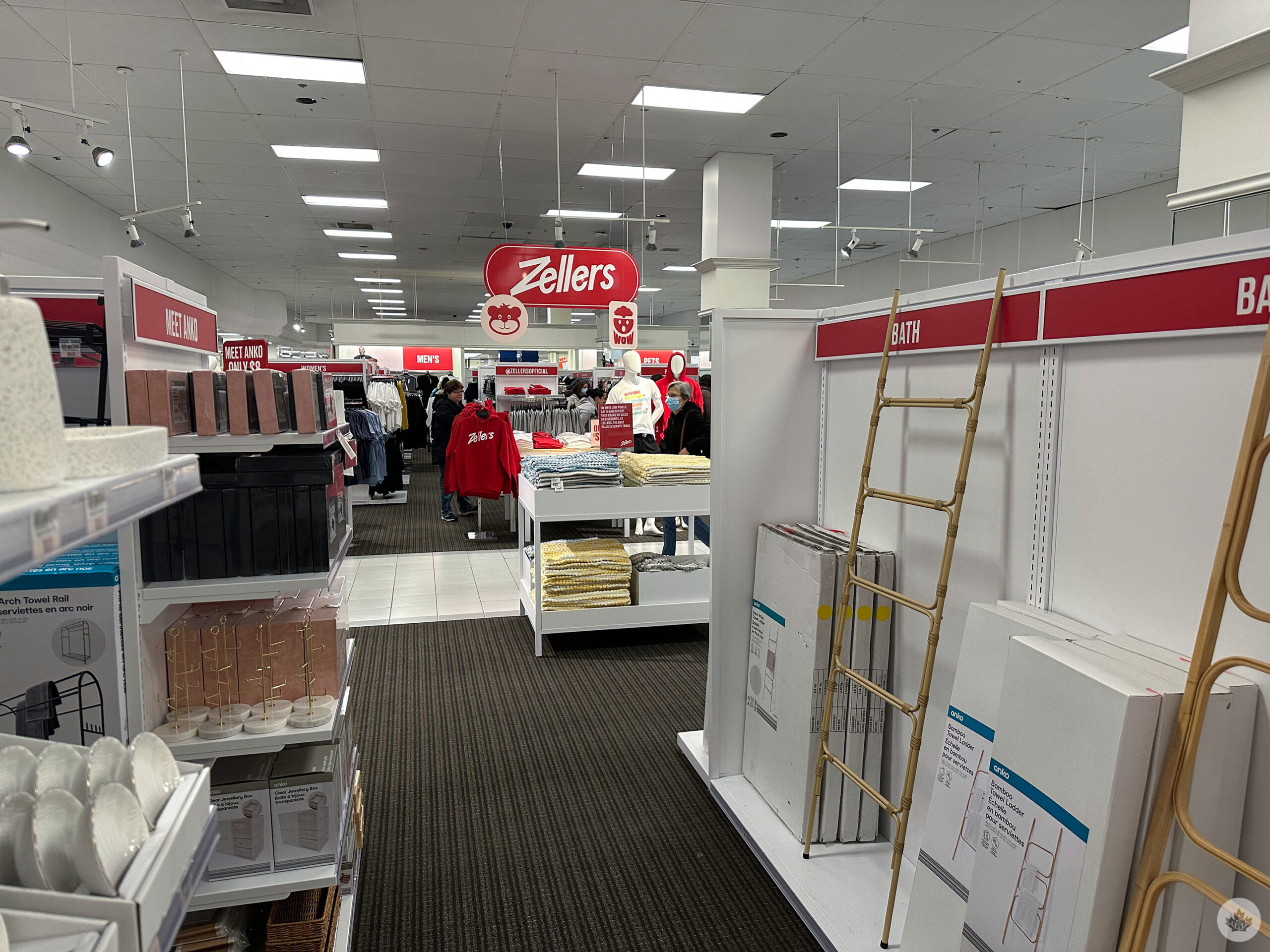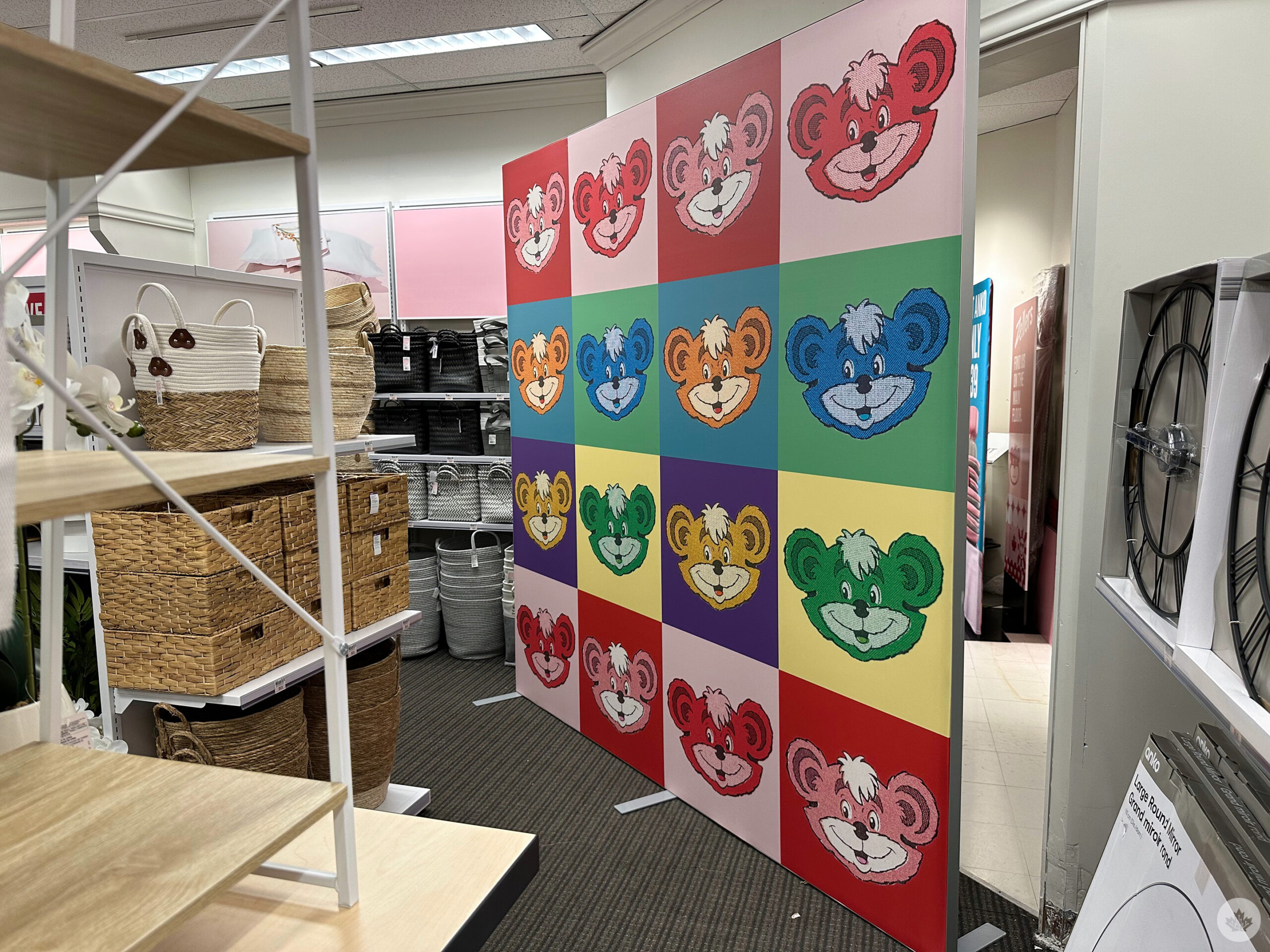After months of teases and an often over-the-top social media presence, Hudson’s Bay Company (HBC) has opened several Zellers locations within Hudson’s Bay stores across Ontario and Alberta.
Despite not being invited to the retailer’s press preview last week (which I’m definitely not sad about…), this morning, I ventured to Burlington, Ontario’s somewhat decrepit Burlington Centre mall Hudson’s Bay location to bring you important retail journalism, and to answer the question, is this a Zellers 2.0 revival just a Gen X and Millenial nostalgia play?
The short answer is that Zellers 2.0 is, and it isn’t.
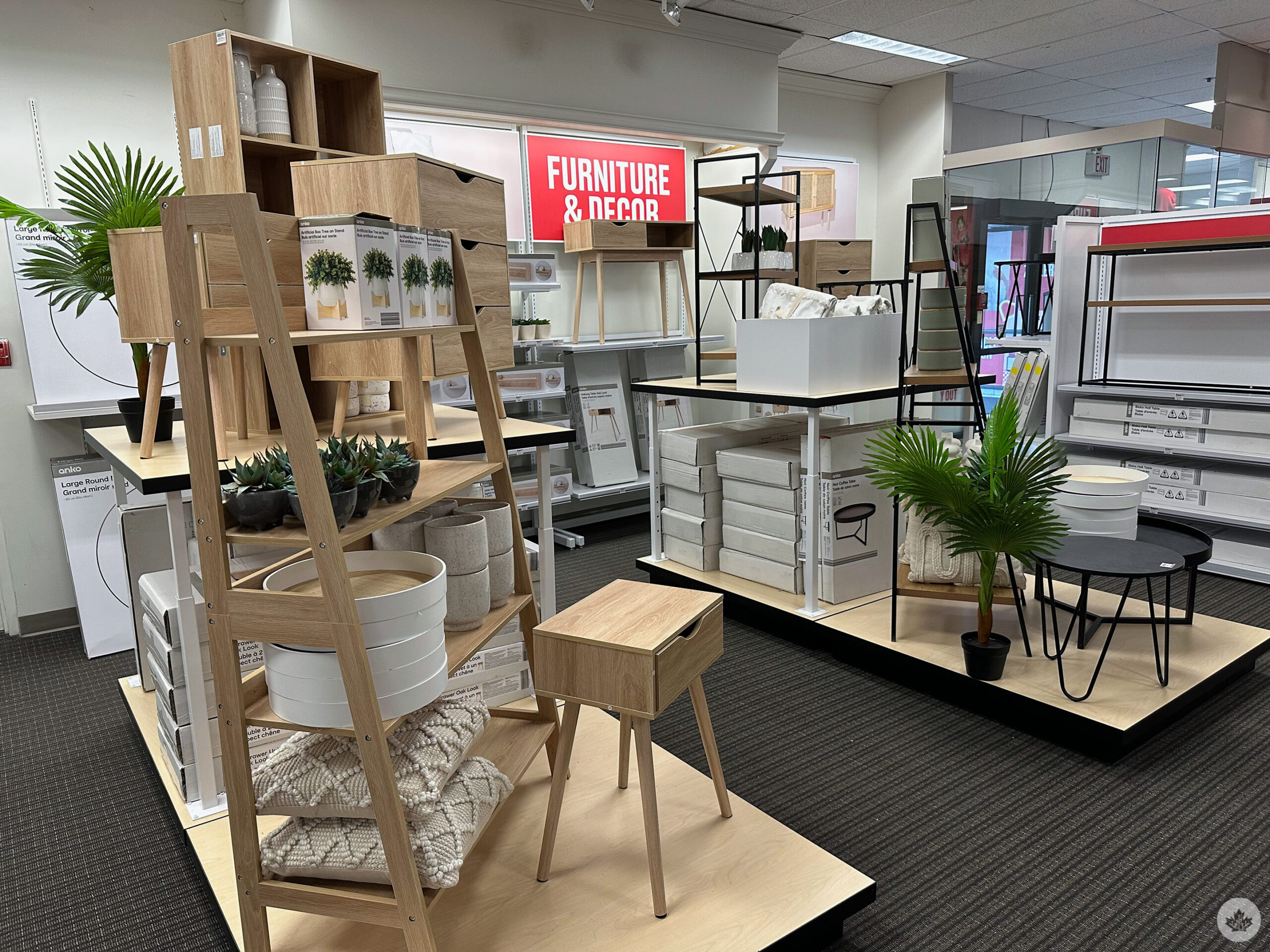 Familiar Zellers marketing featuring the retailer’s new logo that doesn’t include the attached “r,” can be found throughout the roughly 10,000 sq. ft. section of Hudson’s Bay, alongside the brand’s new social media-inspired “Yay!” and “OHH!” stickers. These signs go a long way towards making the new Zellers area of The Bay feel distinct from the rest of the store. And, of course, Zeddy, the teddy bear mascot, is back, too. Zeller’s new website shares this branding and seems to sell a slightly wider variety of products than in-store locations.
Familiar Zellers marketing featuring the retailer’s new logo that doesn’t include the attached “r,” can be found throughout the roughly 10,000 sq. ft. section of Hudson’s Bay, alongside the brand’s new social media-inspired “Yay!” and “OHH!” stickers. These signs go a long way towards making the new Zellers area of The Bay feel distinct from the rest of the store. And, of course, Zeddy, the teddy bear mascot, is back, too. Zeller’s new website shares this branding and seems to sell a slightly wider variety of products than in-store locations.
Oh, and there’s a Zellers DJ pumping tunes specifically for the opening of these in-store locations. Yes, you read that correctly.
So HBC nailed the look, but what about the actual products and prices? The answer to this question is mixed. There’s a surprising amount of variety in the products Zellers sells, ranging from small, trendy-looking furniture to standard housewares items like towels, soap dispensers and storage containers, and even pet products like scratching posts and food bowls. However, gone are nostalgic Zellers brands like Truly, and in their place is “Anko,” so those hoping the nostalgic branding would go beyond clever signage will likely be disappointed with Zellers 2.0.
Speaking of Anko, according to Retailer Insider, the brand has ties to Kmart Australia (yes, that Kmart), and its presence as the majority of Zellers 2.0’s product lineup is part of its expansion into Canada.
Product prices are generally reasonable and under what you would expect from The Bay, especially regarding clothes, though there are a few surprises. For example, a small wooden side table costs an astounding $75, while a high-quality feeling dog sweater is only $14. Whether or not you’ll find value at HBC’s new Zellers will depend on what you’re buying. As a side note, there is an array of delightfully nostalgic Zellers merch, including Club Z and Zeddy Club shirts.
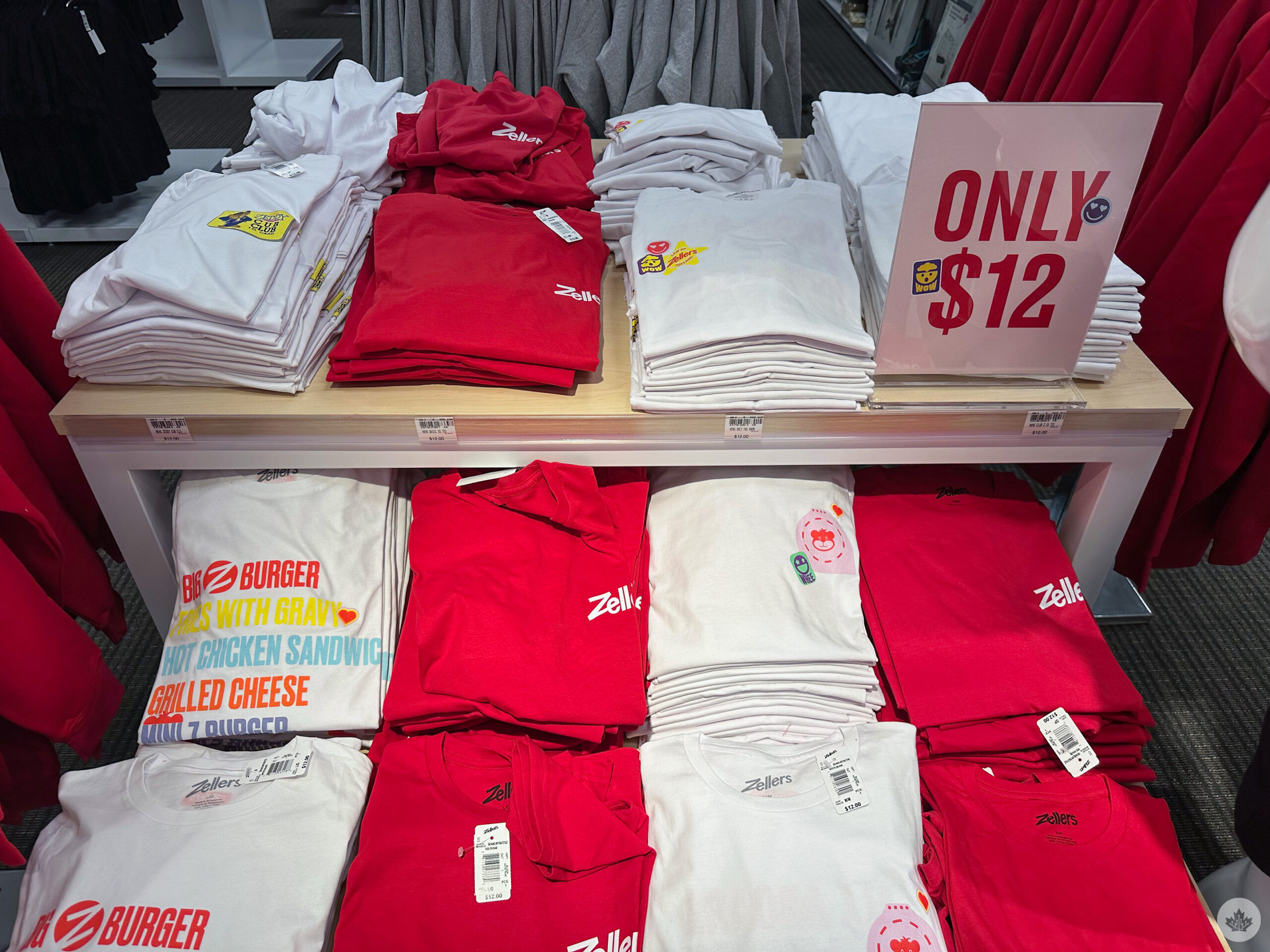
Unfortunately, the much-hyped Zellers food truck that serves meals that aims to be a nostalgic play on the classic Zellers Family Restaurant is not scheduled to be at the retailer’s Burlington Centre location until Sunday, March 26th (I’ll add impressions regarding the Zellers food this weekend).
At this point, you’re probably wondering why MobileSyrup is writing what is essentially a mini-review of HBC’s revival of the brand. Well, beyond the fact that we’re both iconic Canadian brands, abd for reasons that are unclear, every time we publish a story about Zellers, it’s the most read of the day, I also worked at Zellers for roughly 10 years between the late 2000s and early 2010s, so I have a nostalgic connection to the brand.
Follow this link for a complete list of The Bay’s in-store Zellers locations.






 Familiar Zellers marketing featuring the retailer’s new logo that doesn’t include the attached “r,” can be found throughout the roughly 10,000 sq. ft. section of Hudson’s Bay, alongside the brand’s new social media-inspired “Yay!” and “OHH!” stickers. These signs go a long way towards making the new Zellers area of The Bay feel distinct from the rest of the store. And, of course, Zeddy, the teddy bear mascot, is back, too. Zeller’s
Familiar Zellers marketing featuring the retailer’s new logo that doesn’t include the attached “r,” can be found throughout the roughly 10,000 sq. ft. section of Hudson’s Bay, alongside the brand’s new social media-inspired “Yay!” and “OHH!” stickers. These signs go a long way towards making the new Zellers area of The Bay feel distinct from the rest of the store. And, of course, Zeddy, the teddy bear mascot, is back, too. Zeller’s 